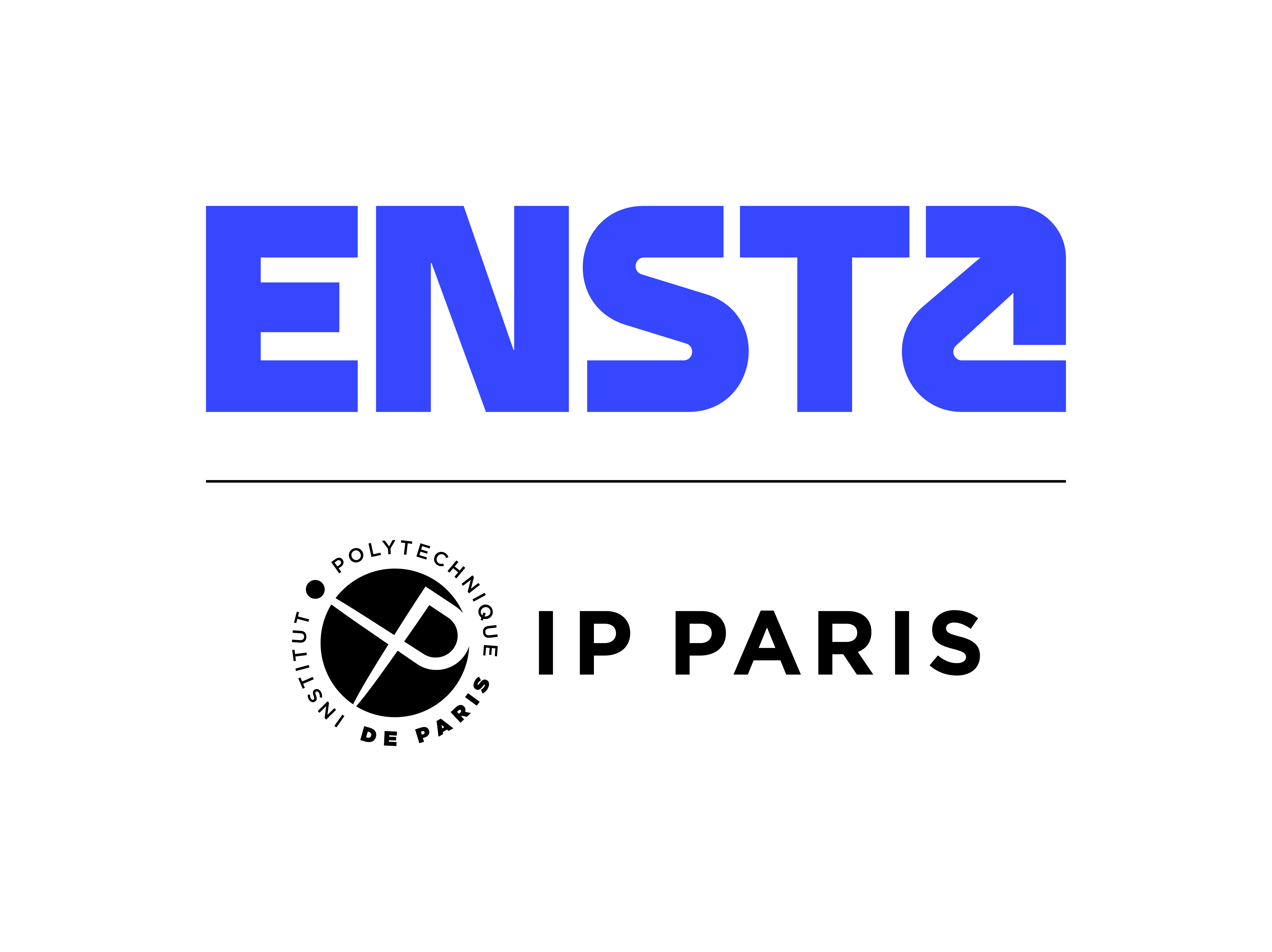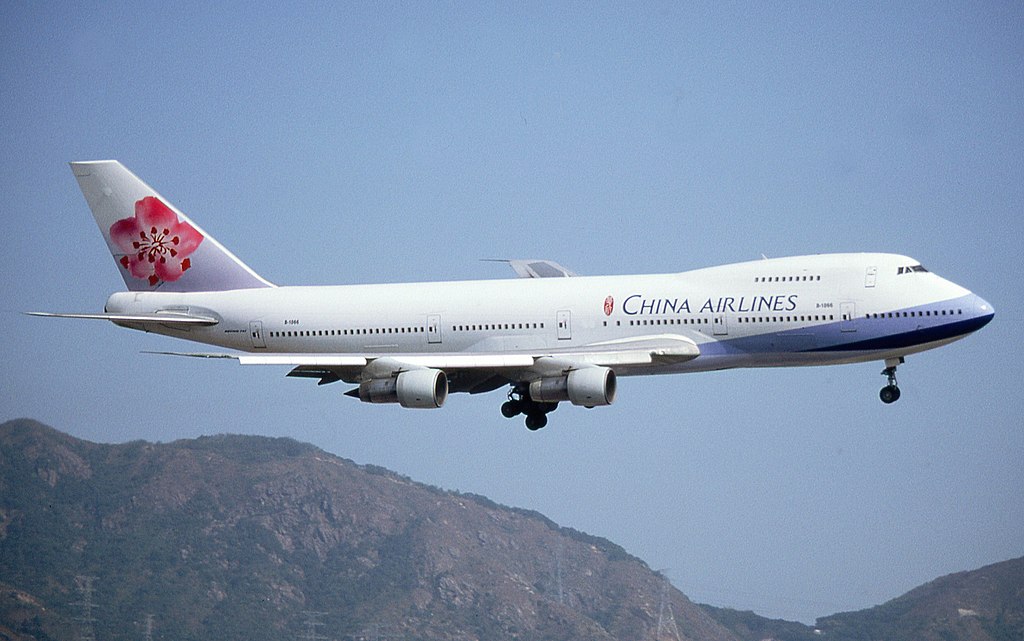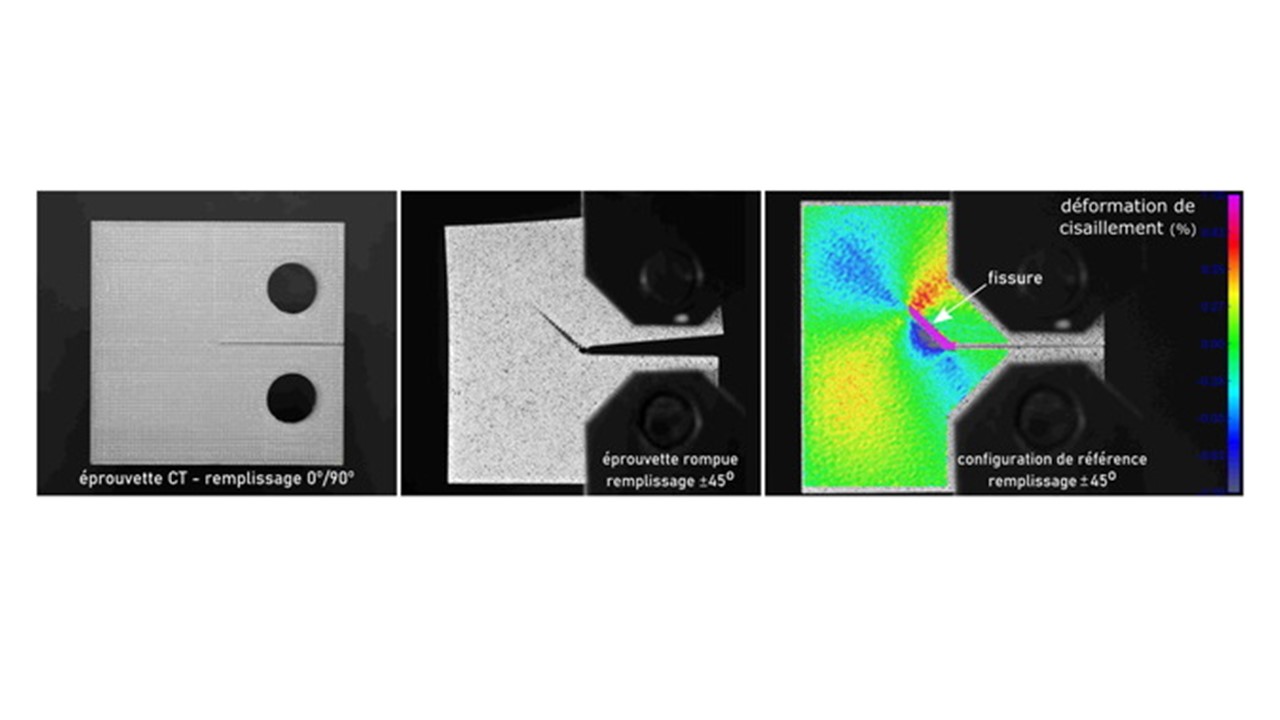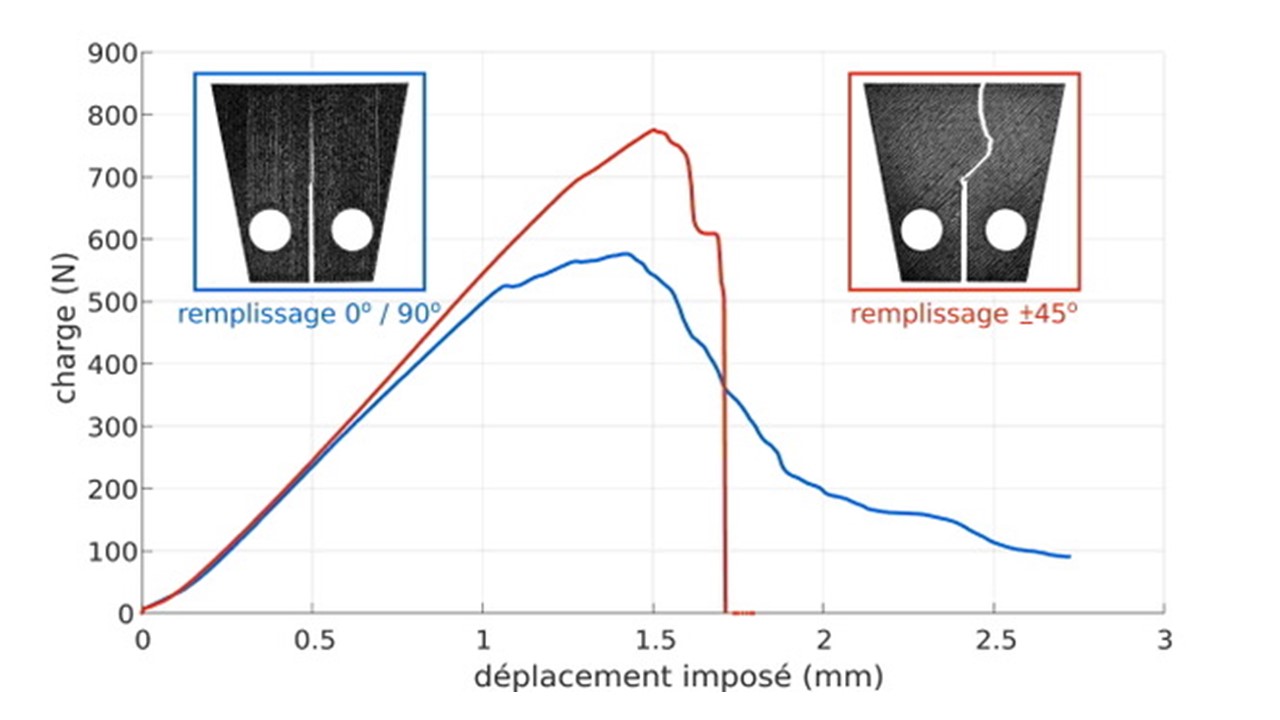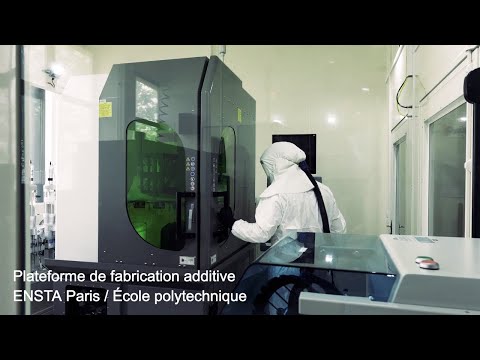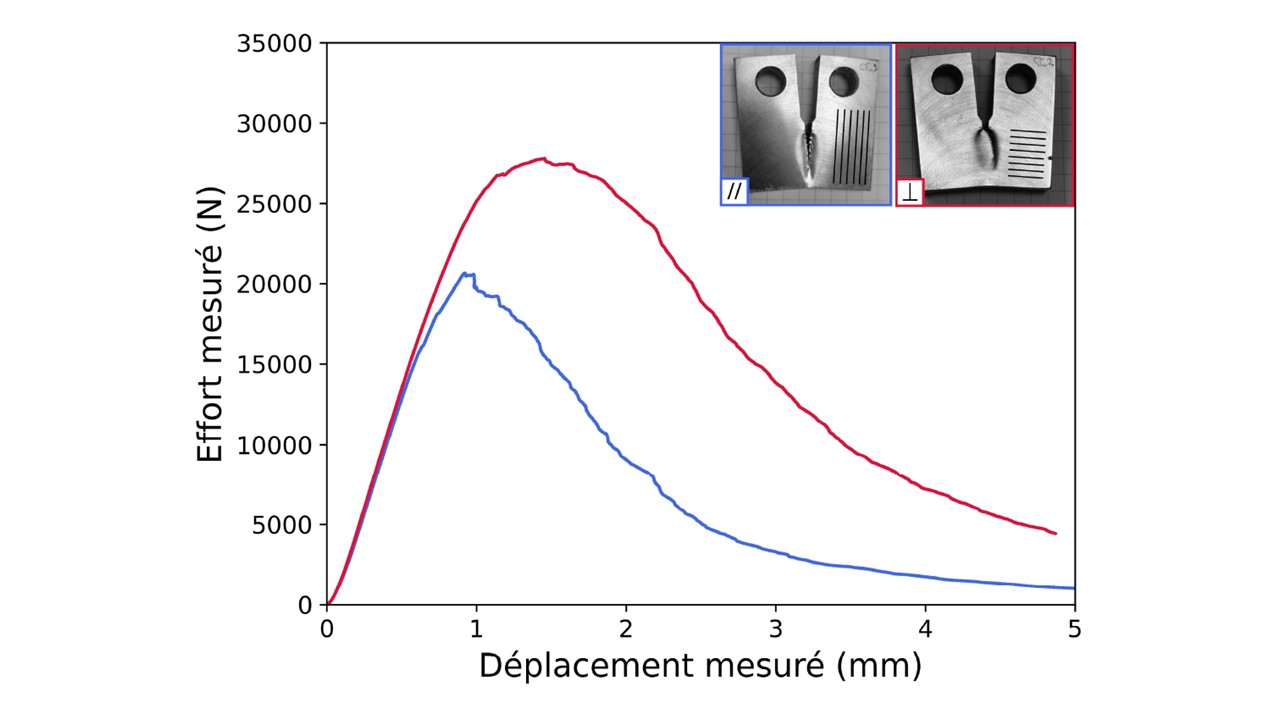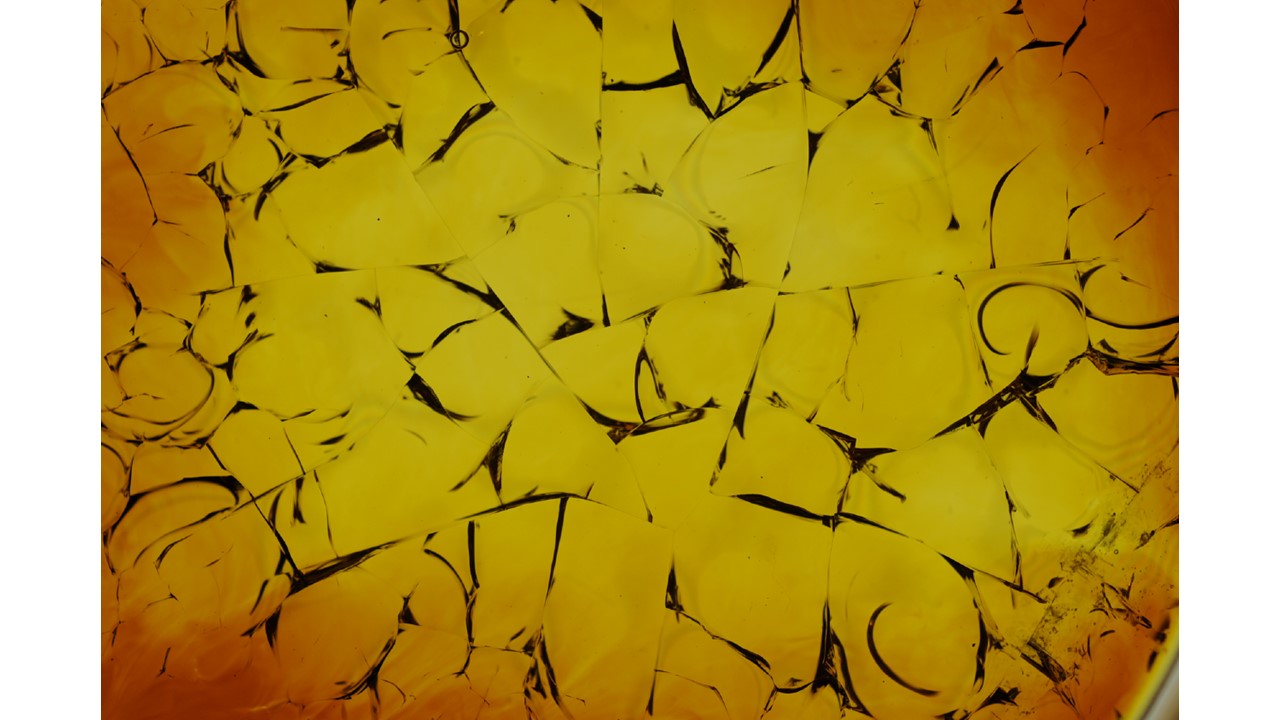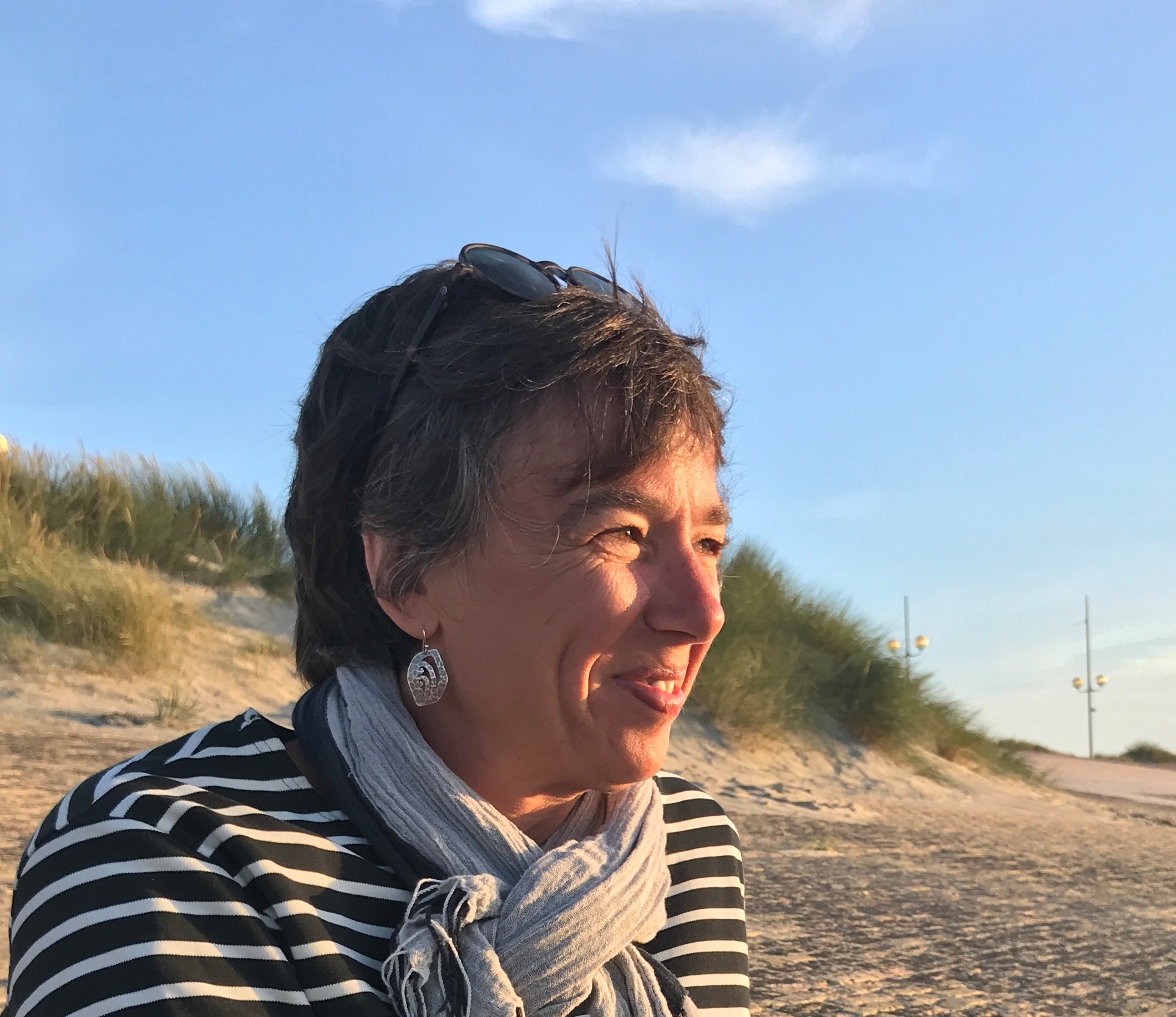On 25 May 2002, while flying over the Taiwan Strait, a China Airlines Boeing 747-200 disintegrated in mid-air 20 minutes after take-off, killing all 225 occupants. After a lengthy investigation, it was determined that the disaster was caused by an incident 22 years earlier when the rear section of the fuselage scraped the runway during a landing. Instead of replacing the entire damaged area, and contrary to the instructions in the repair manual, maintenance crews had simply installed an aluminium plate to cover the damaged area and prevent the damage from spreading.
However, over the years and the pressurisation and depressurisation cycles of the fuselage, the micro-cracks caused by contact with the runway had gradually grown and eventually spread beyond the cover plate, leading to the explosive decompression on 25 May 2002.
"Fortunately, the mechanics of failure are now sufficiently advanced to avoid most accidents of this kind," reassures Véronique Lazarus, a teacher-researcher in the Mechanical Engineering Department at ENSTA Paris.
"Manufacturers and operators largely oversize parts in order to avoid any risk. In fact, today, when the reduction of greenhouse gas emissions is becoming an imperative in the face of the climate emergency, the question arises as to whether it would not be possible to optimise the safety margins and consume less by refining the predictive models. I am working on this type of problem. To achieve the zero-carbon objective in 2050, the introduction of new technologies or new materials allowing technological breakthroughs is essential. It is also a question of ensuring that this does not lead to new risks."
The second challenge of Véronique Lazarus' research is to take account of the complexity of reality in her predictive models. "For example, we want to understand what happens when the environment is anisotropic" she confirms.
Anisotropy is the fact that a material does not have the same properties in all dimensions of space. Today, most cracking models used by industry consider that materials are isotropic and then add safety margins to take account of anisotropy. But more suitable solutions are emerging.
"With 3D printing, we can produce anisotropic materials on demand by, for example, depositing material in one direction for the first layer and then in a perpendicular direction for the second layer."
When a crack is introduced into an anisotropic material, it will not propagate in a straight line but will tend to deviate, more or less depending on the fracture loading.
"Models exist to predict these behaviours, but very few are carefully compared with experience. This is exactly what part of my research is about at the moment. The idea is to propose to industry that they do low-cost experiments, specifically designed to validate the models using homologous materials manufactured in 3D, for example in polycarbonate."
Experience shows that over the years, all the critical components of an aircraft, from the wings to the landing gear, the engines and the fuselage, show micro-cracks, cracks and defects in the materials. The challenge is to demonstrate that we can live with these defects until they become dangerous.
"We are testing many hypotheses to limit the propagation of cracks. For example, we are looking at what porosity contributes to the resistance to fracture. It's very paradoxical, but if you make holes in a material, you can improve its behaviour over time."
Another advantage of perforations is that the more of them there are, the more flexible the material becomes and the more elastic energy it can absorb. But of course, the right compromise must be found between the ability to absorb elastic energy and to ensure the strength of the structure.
In addition to her tests on 3D printed polycarbonate specimens, Véronique Lazarus is also transposing her experiments to 3D metal printing thanks to the additive manufacturing platform shared by the École polytechnique and ENSTA Paris.
"With 3D metal printing, we are interested in what happens between the layers, which are areas of fragility. If you look at the part as a whole, it looks isotropic. The volume behaviour is isotropic, but when it comes to cracking, it's not just the volume that matters, it's also the surface energy required to create a crack."
Replicating the behaviour of high-tech materials with much cheaper counterparts has long been a research strategy for Véronique Lazarus. As a young researcher, she even had the idea of using... caramel, in order to study the problems of cracking induced by shrinkage loads linked to thermal cooling (crazing in certain ceramics, basaltic columns) or drying (paints, arid lands).
"The idea of caramel came from the fact that it was a very cheap material. But the results were not reproducible, because it is a material that is too sensitive to humidity, to the temperature of cooking... It was a false good idea..."
Producing hypotheses, testing them, observing, making mistakes, correcting and starting again - that's how science advances. And it is a constantly renewed adventure.

